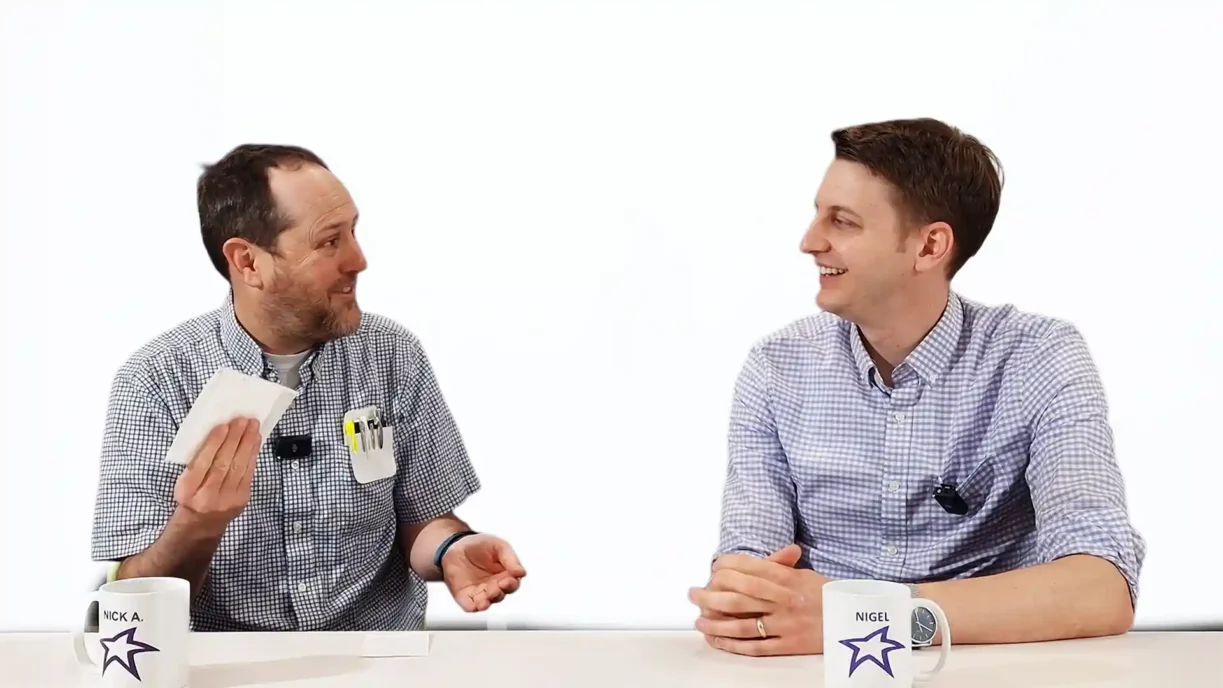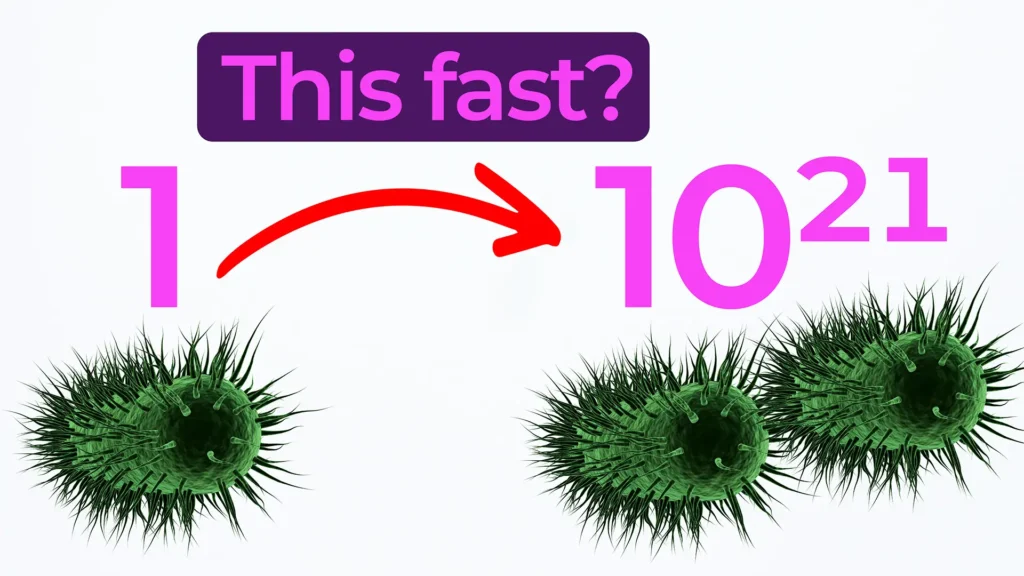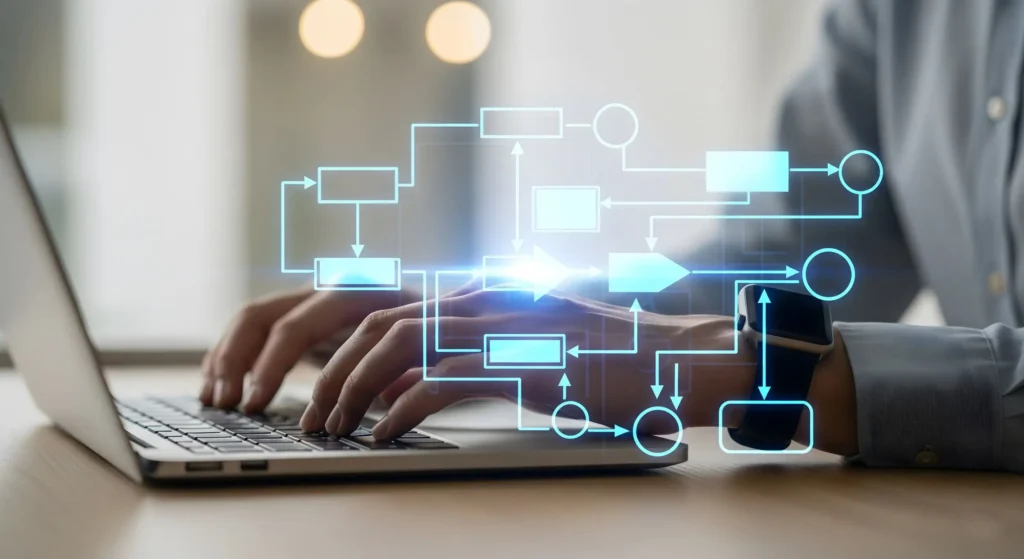
ADLM Diagnostics Innovation and COVID Testing
In this Bio Break episode, Nick Allan and Nigel Syrotuck reflect on recent ADLM diagnostics innovation and how it has shaped the future of clinical testing. The Association for Diagnostics & Laboratory Medicine (ADLM) recently wrapped its annual showcase in Chicago, and as always, it left a strong impression on the medtech community.
While discussing highlights from the show, Nick and Nigel zero in on a perfect case study of ADLM diagnostics innovation: the evolution of COVID-19 testing. From the early days of enzyme-linked immunosorbent assays (ELISAs) to the familiar lateral flow tests we now perform at home, diagnostics have become faster, simpler, and more accessible. This transformation—from complex lab environments to point-of-care and even bathroom-counter diagnostics—was on full display at ADLM.
From the Lab to the Bathroom Counter
As Nick points out, one of the most remarkable shifts in diagnostics is how complicated procedures have been distilled into everyday routines. What once required trained technicians in controlled environments can now be done at home, often with little more than a test strip and a timer. The lateral flow transformation is a clear example of how ADLM’s influence and technology leadership help shape the direction of consumer-friendly diagnostics.
Related Resources

From how much of your body is actually bacterial to how fast microbes can multiply, these facts are designed to stick with you long after the party ends.

In medical device development, verification is both a safeguard and a stress test, not just for the product, but for the process.

In the world of medical device development, requirements are often treated as a regulatory tax, essentially documentation created solely to satisfy a compliance need.

In this Bio Break episode, Nick and Nigel explore a surprising and memorable microbiology fact that puts everyday hand hygiene into perspective.
